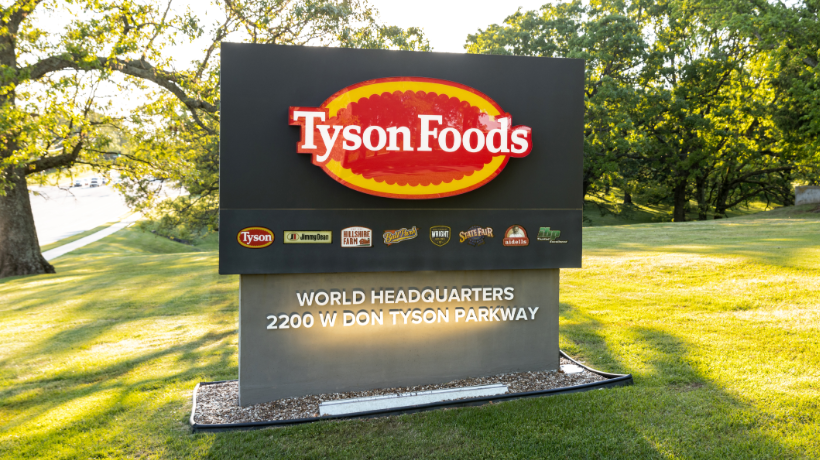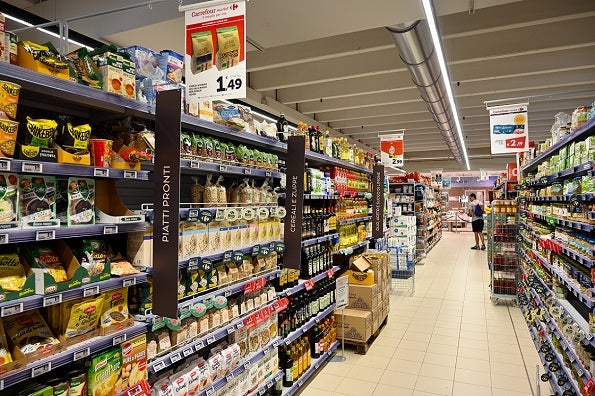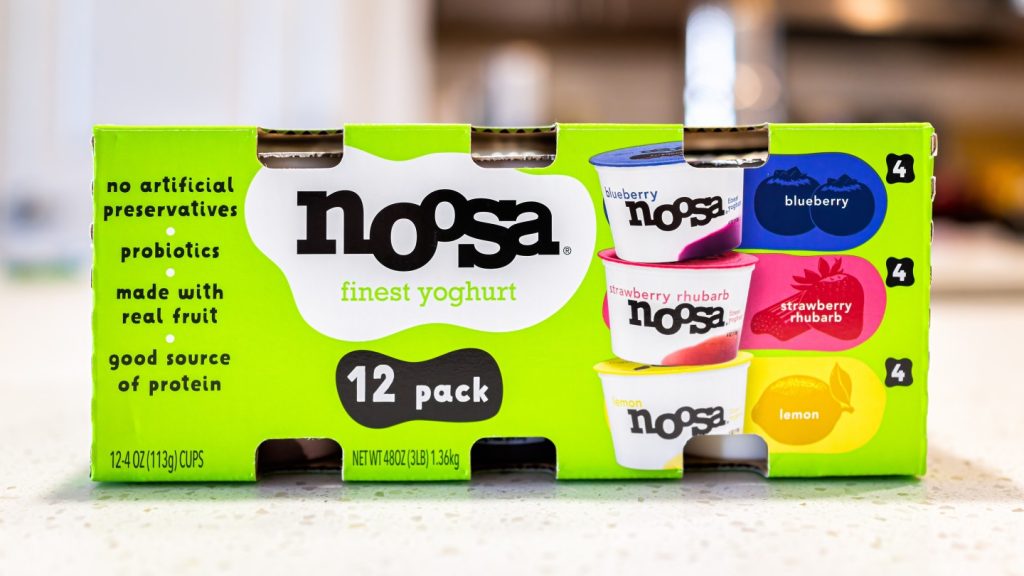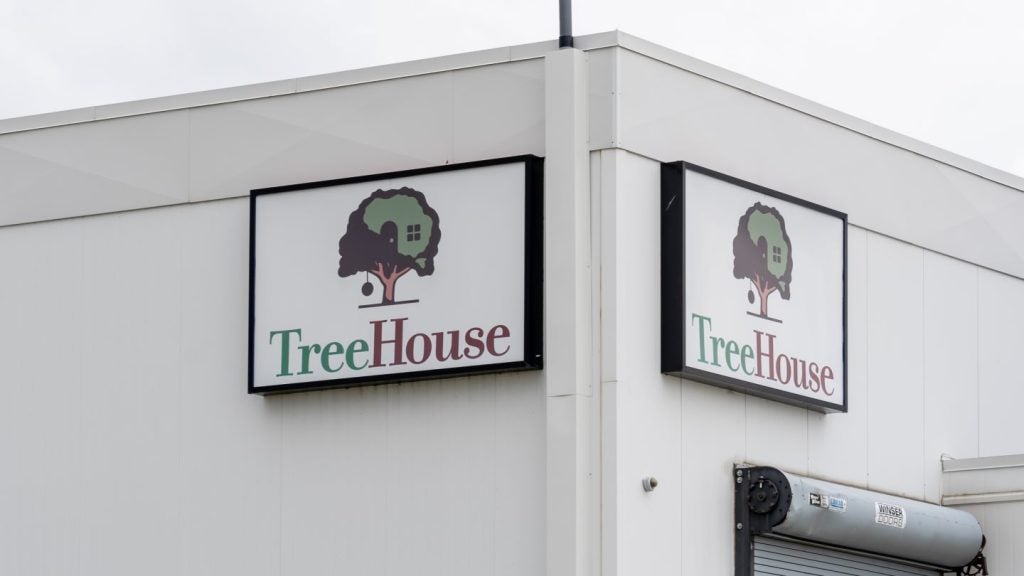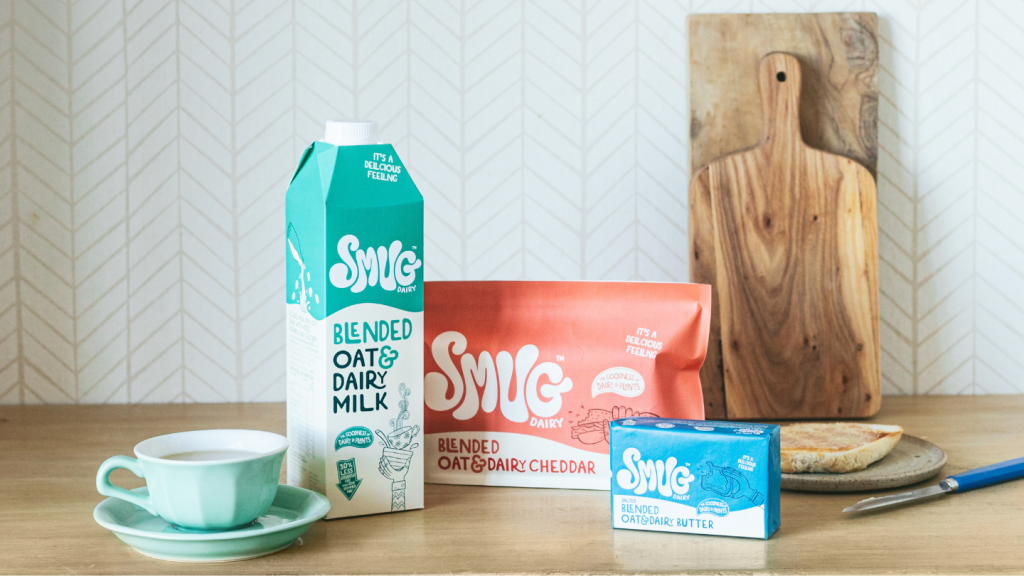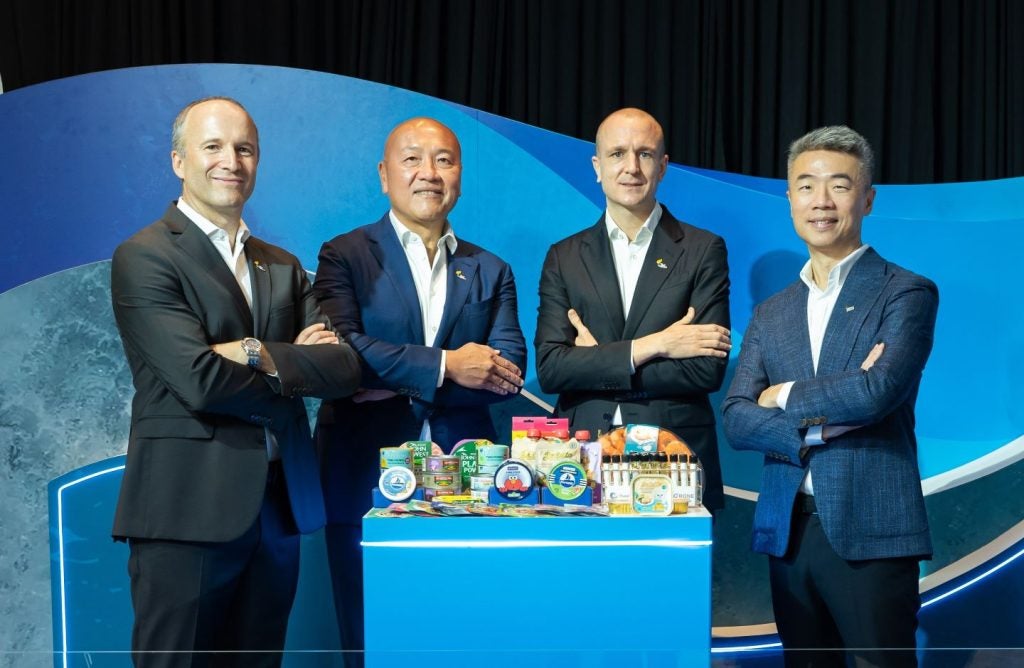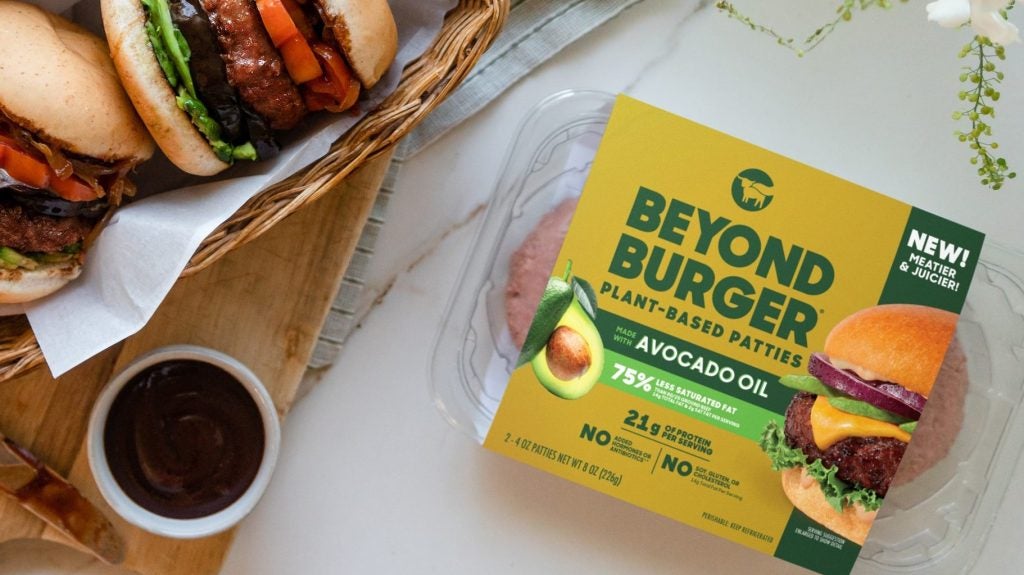Tyson Foods faces another challenging year in the beef protein segment, the US meat giant’s largest revenue earner.
The underlying issues in beef, however, are largely beyond Tyson’s control as drought conditions in the US have limited the number of cattle coming in for slaughter.
While beef volumes rose 1.6% in fiscal 2024 to 28 September and sales revenue climbed 6% to $20.5bn, the Arkansas-headquartered business anticipates another year of losses in adjusted operating income (AOI) for the sector in 2025.
Brady Stewart, Tyson’s chief supply chain officer and president of the beef and pork division, said yesterday (12 November) that “this is one of the most dynamic beef environments in history”.
Stewart made the comments as he joined group president and CEO Donnie King to discuss the fourth-quarter and annual results with analysts. Tyson took 4.4% pricing in beef during the year, while prices for chicken and pork, along with prepared protein foods, fell.
Expanding on his comments, Stewart said: “We've gone through these cycles approximately every decade but this one is really unique, and we've seen record cut-out prices, some record weights, and how all of these different pieces shape into the outlook is very interesting.”
As AOI in beef turned to a $291m loss in 2024 from a $233m profit a year earlier, Tyson guided to continued losses for the current year of $200-400m. Projections from the United States Department of Agriculture (USDA) are for domestic beef production to decline by around 2%.
“The challenge continues,” King told analysts.
He added: “While results in beef were better than anticipated for Q4, we continued to see compressed spreads versus last year driving the decline in profitability for both the quarter and full year.
“Obviously, the current cattle cycle remains challenging as there are no clear signs of sustained herd rebuilding intentions. We will remain focused on the things we can control as we manage through it.”
Alexia Howard, a food analyst at US investment bank AllianceBernstein, said the worsening drought conditions since the start of the US summer “should delay the recovery of Tyson’s beef segment”.
Howard explained that such weather events push up the cost of animal feed and lead to “greater liquidation of the herd”, particularly in female cattle, which causes a delay in rebuilding cattle stocks.
“This is what investors are waiting for, an improvement in weather and lower liquidation of cattle, shedding light on how bad this cycle will be before it improves,” she wrote in a research note.
“As weather across the US worsens, so does the outlook for Tyson’s beef segment.”
Elsewhere across Tyson's portfolio, the outlook was rosier.
AOI in chicken, Tyson’s second-largest protein revenue earner, is expected at $1-1.2bn, versus $1bn in 2024, an improvement from the $77m loss a year earlier.
Pork is likely to post an AOI of $100-200m, compared to $142m in 2024 and a $128m loss in 2023.
Prepared Foods, where Tyson said it is seeking to “capture trends toward spicier foods and convenience”, the metric is forecast at $900m to $1.1bn, relatively comparable to the $905m for 2024.
For the group, Tyson guided to a flattish to positive result of $1.8-2.2bn, from $1.8bn. However, total sales are expected in a range of down 1% to flat following the 0.8% increase in 2024 to $53.3bn.
Tyson’s president and CEO said, as he looked ahead to 2025, that the company will “continue to shift our mix from core protein to branded value-added” and aim to increase household penetration in those areas.
King wrapped up: “While our brands are healthy, we have opportunities to expand our household penetration by better serving consumers with innovation for new meal occasions, categories and channels.
“One of the ways we will achieve our strategic goals is by investing in our digital capabilities, utilising big data, predictive analytics, and artificial intelligence for better decision-making and outcomes.
“Protein is part of every healthy diet and protein is a clear winner in food.”


